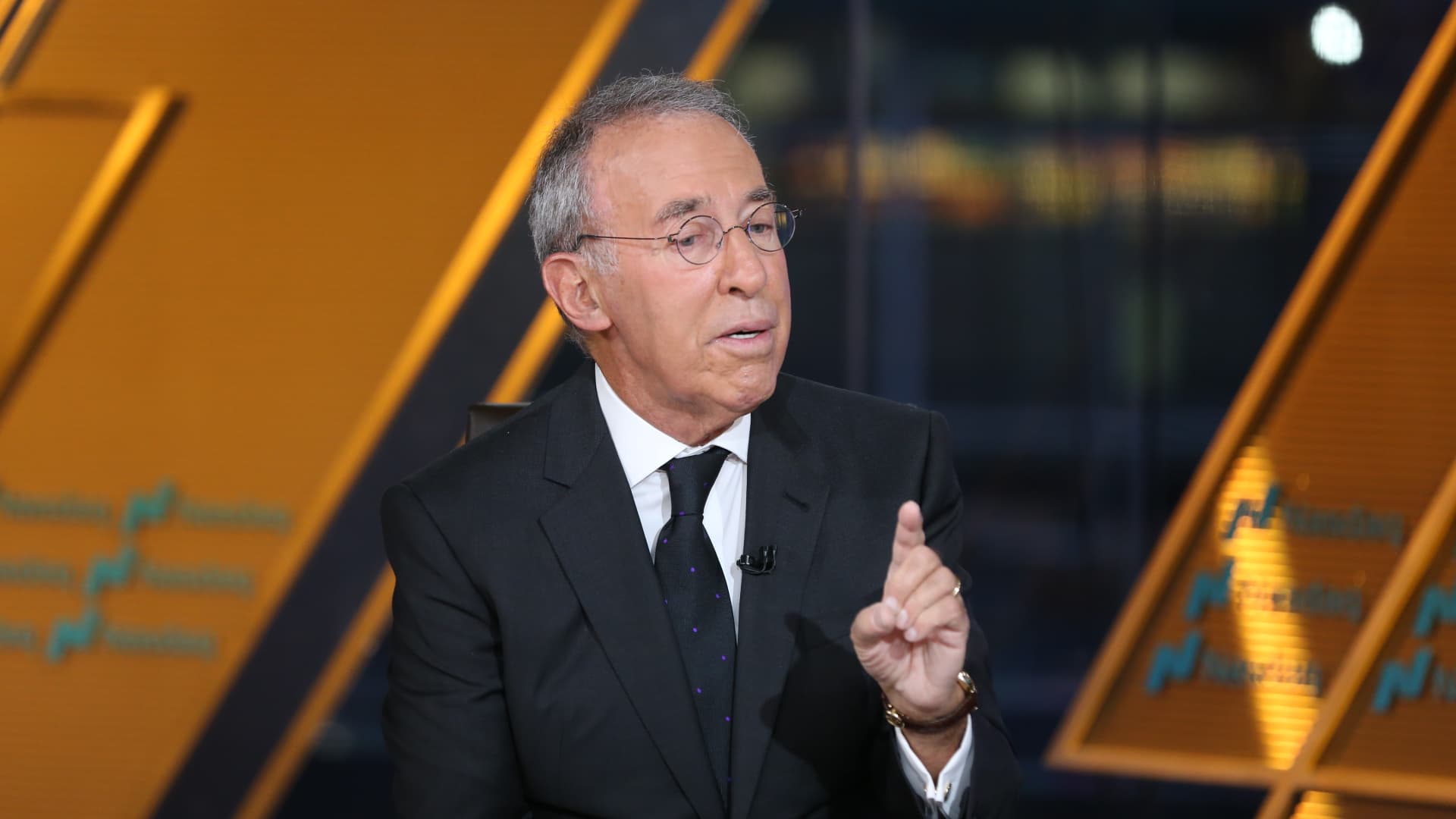China May retail sales grow at fastest pace since December 2023 on trade-in program, holiday impact


Huge waiting lines are seen in front of jewelry retailer stores at Yu Garden in Shanghai, China, on May 17, 2025, as the city offers consumption vouchers to stimulate consumer spending.
Nurphoto | Nurphoto | Getty Images
China’s retail sales in May grew at their fastest rate since late 2023, data from National Bureau of Statistics showed Monday, in part helped by the extended Labor Day and Dragon Boat holidays.
Retail sales last month jumped 6.4% from a year earlier, sharply beating analysts’ estimates for a 5% growth in a Reuters poll and accelerating from the 5.1% growth in the previous month.
Growth in industrial output slowed to 5.8% year on year in May from 6.1% in the prior month. The latest reading came in slightly weaker than analysts’ expectations for a 5.9% rise.
Fixed-asset investment, reported on a year-to-date basis, expanded 3.7% this year as of May from a year earlier, undershooting Reuters’ forecast for a 3.9% growth and slowing from a 4% growth in the first four months.
Within the fixed-asset investment, the contraction in property investment deepened, falling 10.7% in the first five months, government data showed.
The urban survey-based unemployment rate in May came in at 5.0%, easing from 5.1% in April to the lowest level since November last year.
“The rise of retail sales came as a surprise,” likely boosted by the lasting effects from consumer goods trade-in program, said Zhiwei Zhang, president and chief economist at Pinpoint asset management, adding that the falling property prices could dampen consumer sentiment.
A separate release Monday by the NBS showed prices of new homes in the more affluent tier 1 cities continued to decline, falling 1.7% in May from a year ago, while those in tier 2 and tier 3 cities dropped 3.5% and 4.9%, respectively.
A tariff deal reached by Beijing and Washington in mid-May gave temporary relief to the country’s exports, prompting some businesses to frontload shipment while doubling down on alternative markets. Both sides struck a 90-day truce to roll back most of the triple-digit levies added on each other’s goods in early April.
Commerce Secretary Howard Lutnick told CNBC last week that U.S. tariffs on Chinese imports will stay at their current level of 55%.
China’s exports grew less than expected in May, though surging shipments to Southeast Asian nations, European Union countries and Africa helped offset the sharp decline in U.S.-bound goods. China’s exports to the U.S. plunged over 34% from a year ago, their sharpest drop since February 2020.
The past two months’ trade data indicated resilience in China’s exports, according to Goldman Sachs, as they highlighted “the difficulty for bilateral tariffs to meaningfully reduce total Chinese exports.”
Sluggish domestic demand stuck out as a more pressing issue for Chinese policymakers. Consumer prices have seen an year-on-year decline for four consecutive months, slumping 0.1% in May. Deflation in the factory-gate or producer prices has also deepened, falling 3.3% from a year ago.
However, Beijing may feel less urgency in rolling out additional easing steps as exports appear more resilient than expected and the GDP growth is on track to exceed 5% in the first half-year, Goldman said.











